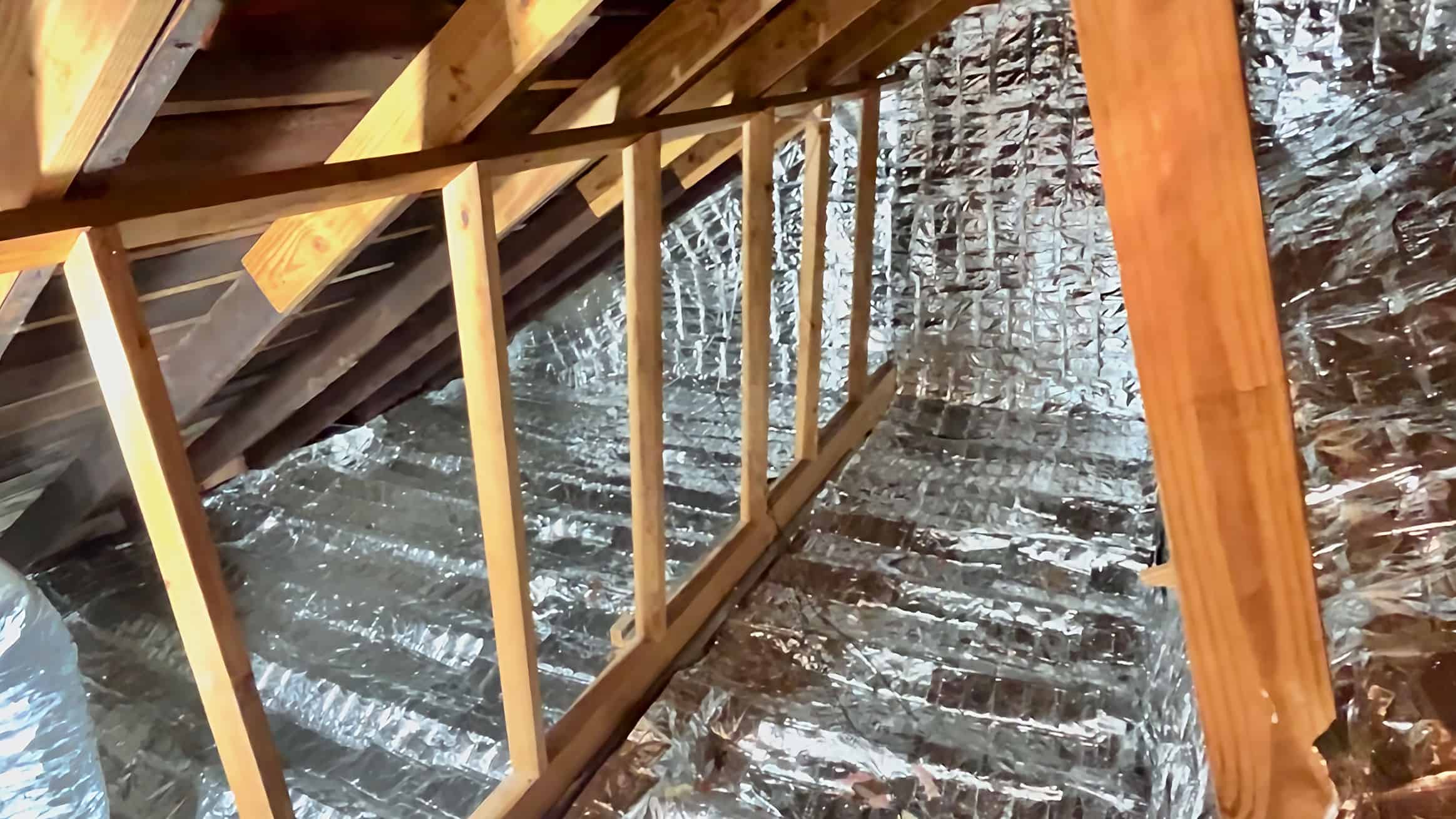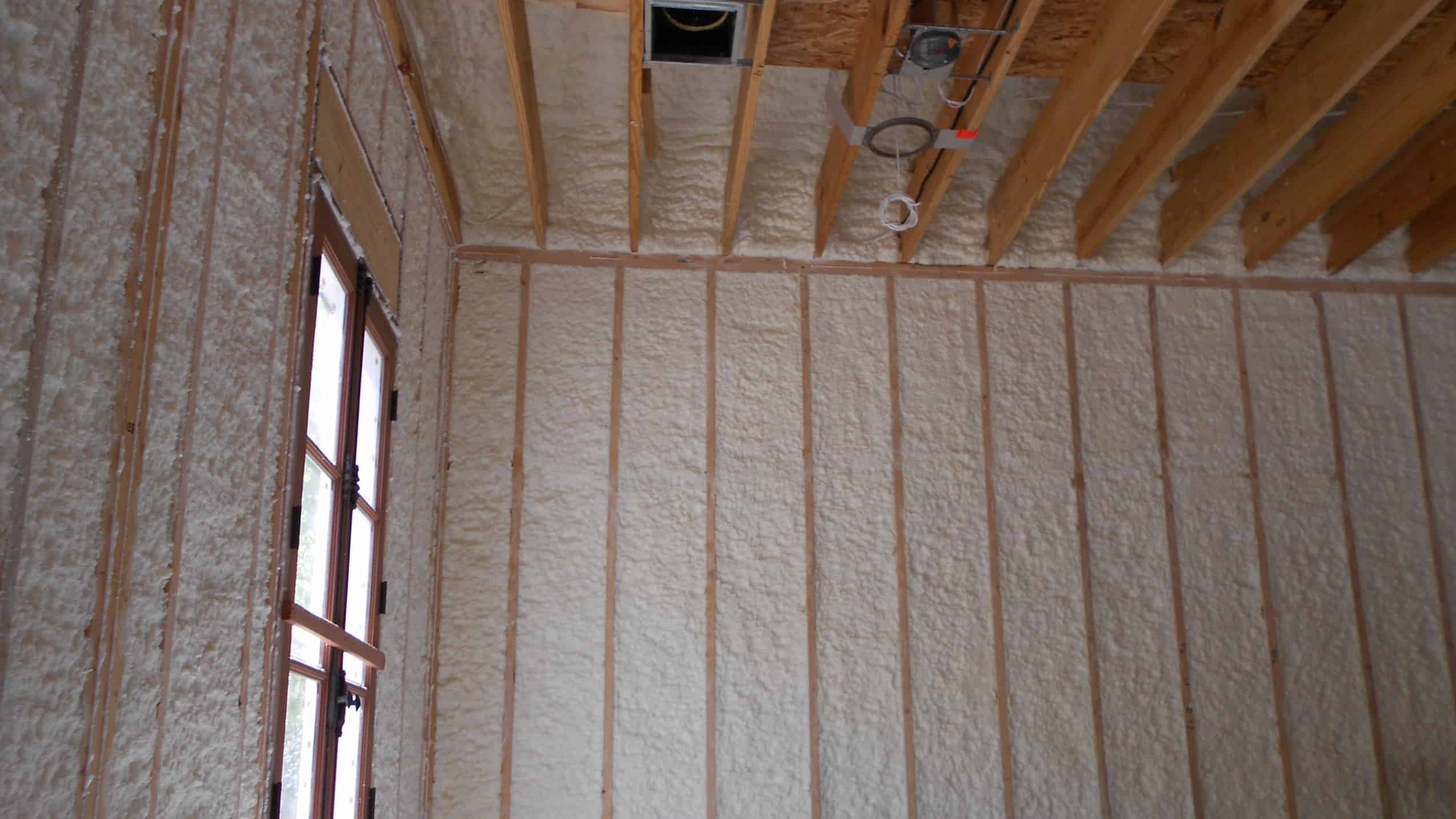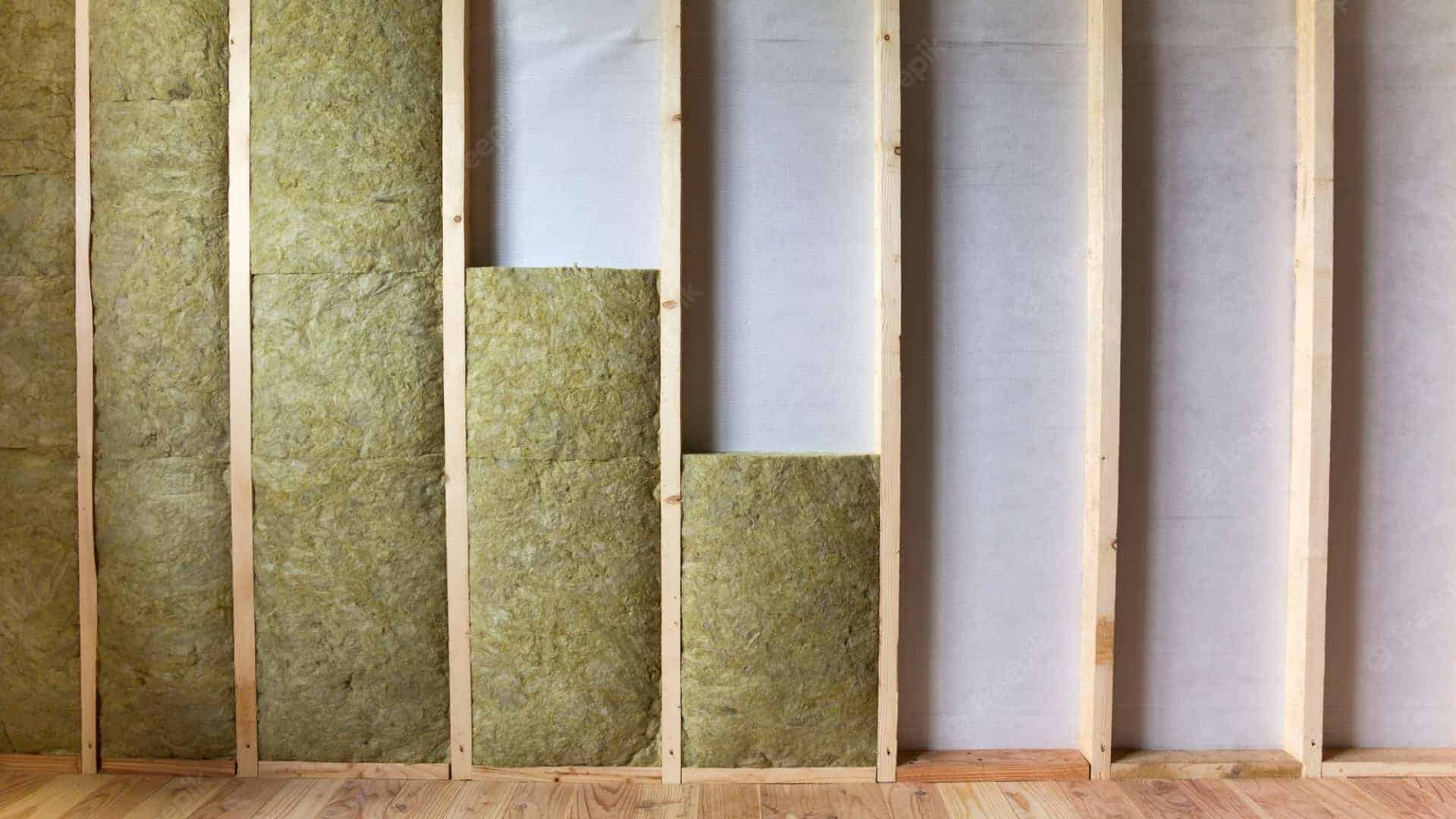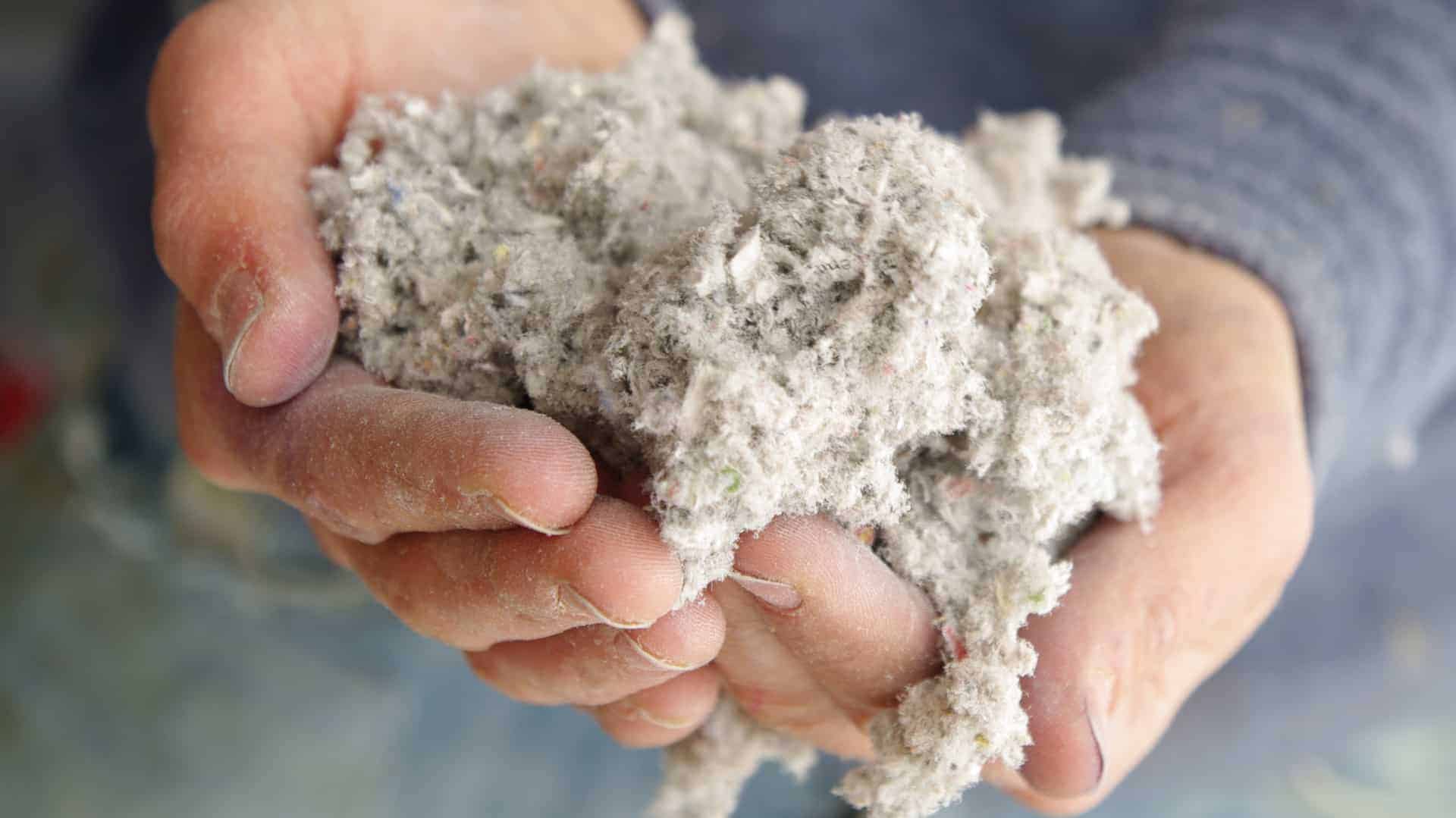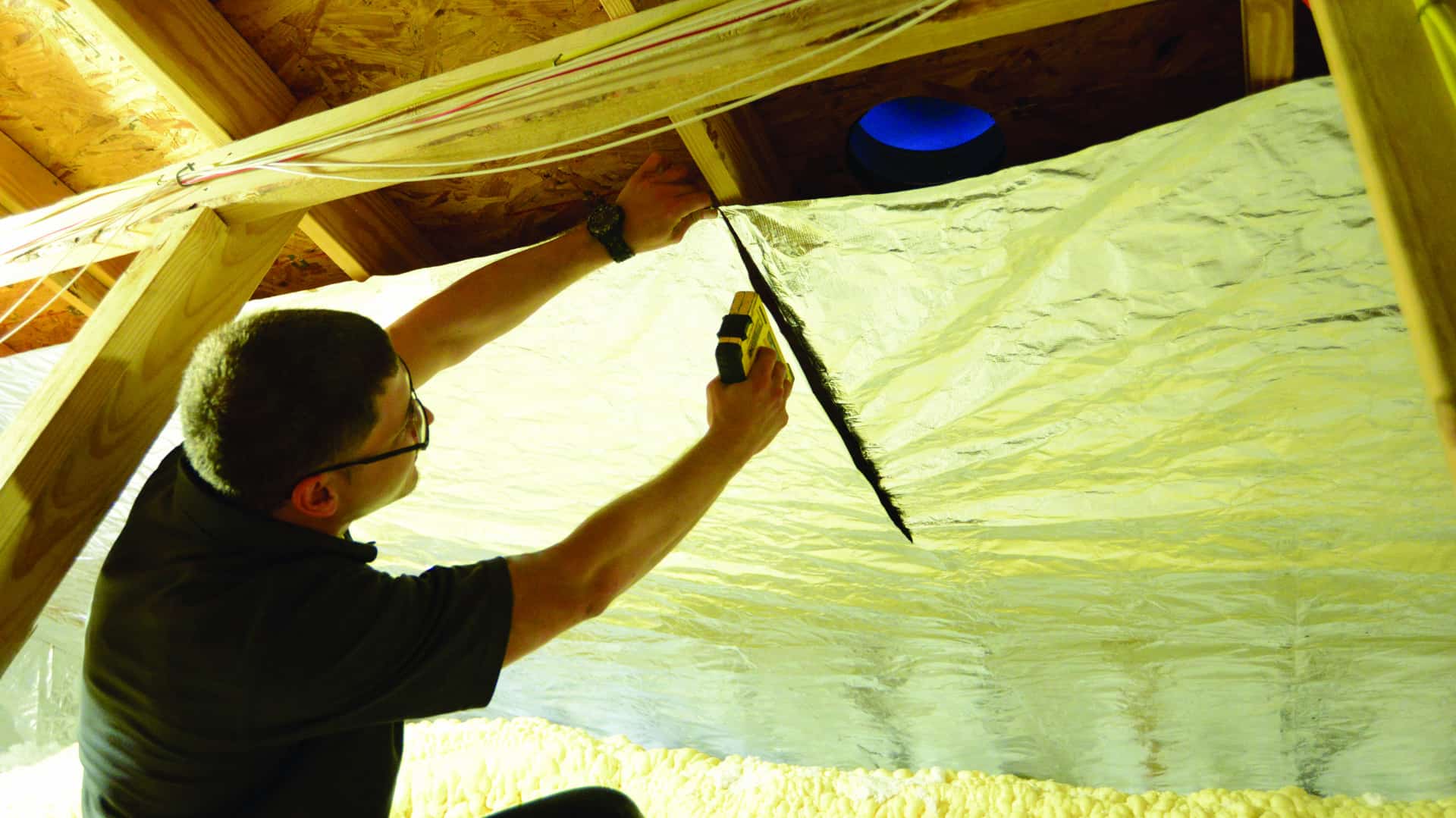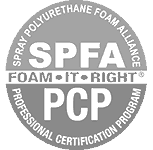Raised homes are extremely common in the Gulf South and Greater New Orleans region, due to flooding fears, and overall building style. Properly preparing crawlspaces and subfloors for moisture control, and installing insulation is a specialty application that very few understand.
Diversified Energy’s insulation and moisture control services for crawlspaces and subfloors follow documented industry best-practice methods. And, our professional service technicians take the time to ensure that every step is completed correctly the first time around.
Dehumidified crawlspaces are a practice commonly used rather than closed-cell spray polyurethane foam insulation under proper conditions
Video: Dehumidifying A Raised Crawlspace
Benefits Of Dehumidifying The Enclosed Crawlspace Under Your Home
An enclosed crawlspace is a common feature in many homes, and it is typically used for storage or as an access point to utilities and plumbing systems.
Dehumidifying a crawlspace has several benefits, including:
Improved Indoor Air Quality: Crawlspaces can often become damp and humid, which can lead to mold and mildew growth and reduced indoor air quality. Dehumidifying the crawlspace can help to improve indoor air quality and reduce the risk of mold and mildew growth.
Increased Energy Efficiency: Damp and humid crawlspaces can have a negative impact on a home’s energy efficiency, as the humidity can lead to condensation and the growth of mold and mildew, which can reduce the effectiveness of insulation. Dehumidifying the crawlspace can help to improve energy efficiency and reduce energy costs.
Protection of Building Materials: Humidity and moisture in a crawlspace can cause damage to building materials, including framing, flooring, and insulation. Dehumidifying the crawlspace can help to protect these materials and extend their lifespan.
Improved Comfort: Humidity in a crawlspace can lead to elevated levels of moisture in a home, which can affect indoor air quality and comfort. Dehumidifying the crawlspace can help to improve indoor air quality and comfort levels.
Reduced Pest Problems: Damp and humid crawlspaces can attract pests such as termites, ants, and rodents. Dehumidifying the crawlspace can help to reduce pest problems and protect a home from pest-related damage.
In conclusion, dehumidifying an enclosed crawlspace under a home can have several benefits, including improved indoor air quality, increased energy efficiency, protection of building materials, improved comfort, and reduced pest problems. A properly-dehumidified crawlspace can help to protect a home and improve its overall health and safety.
